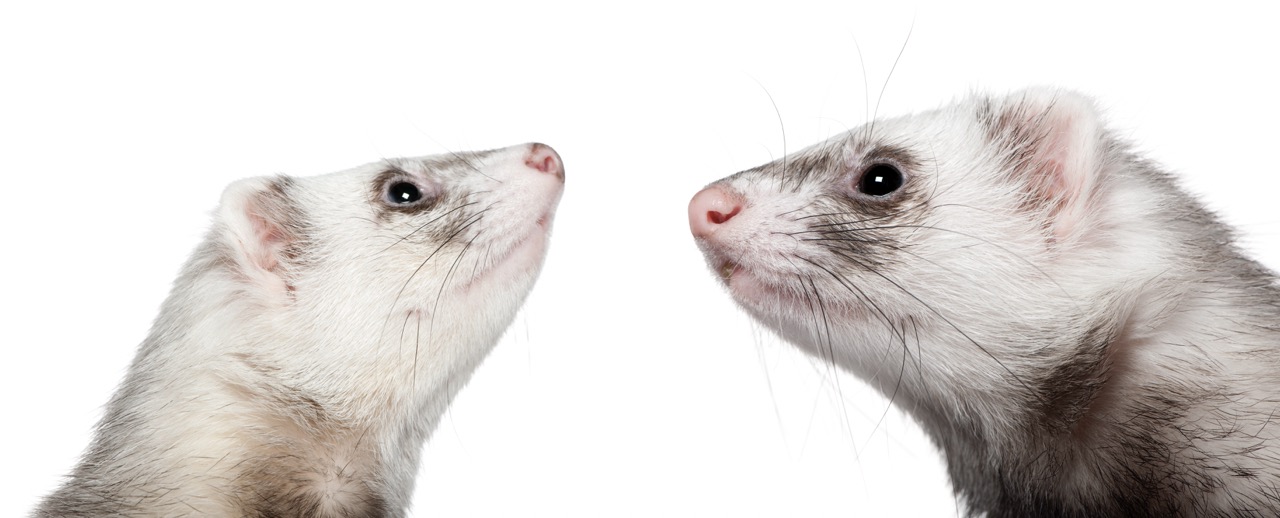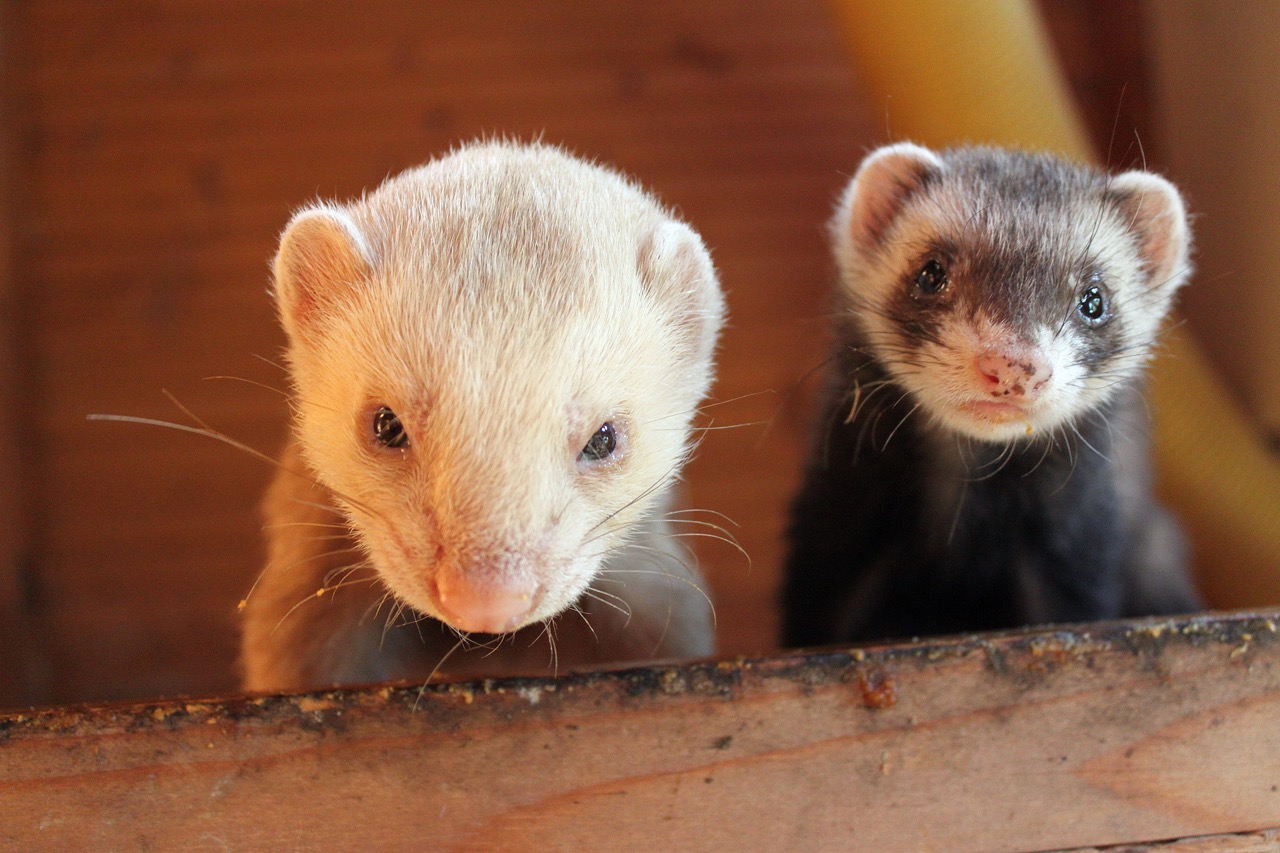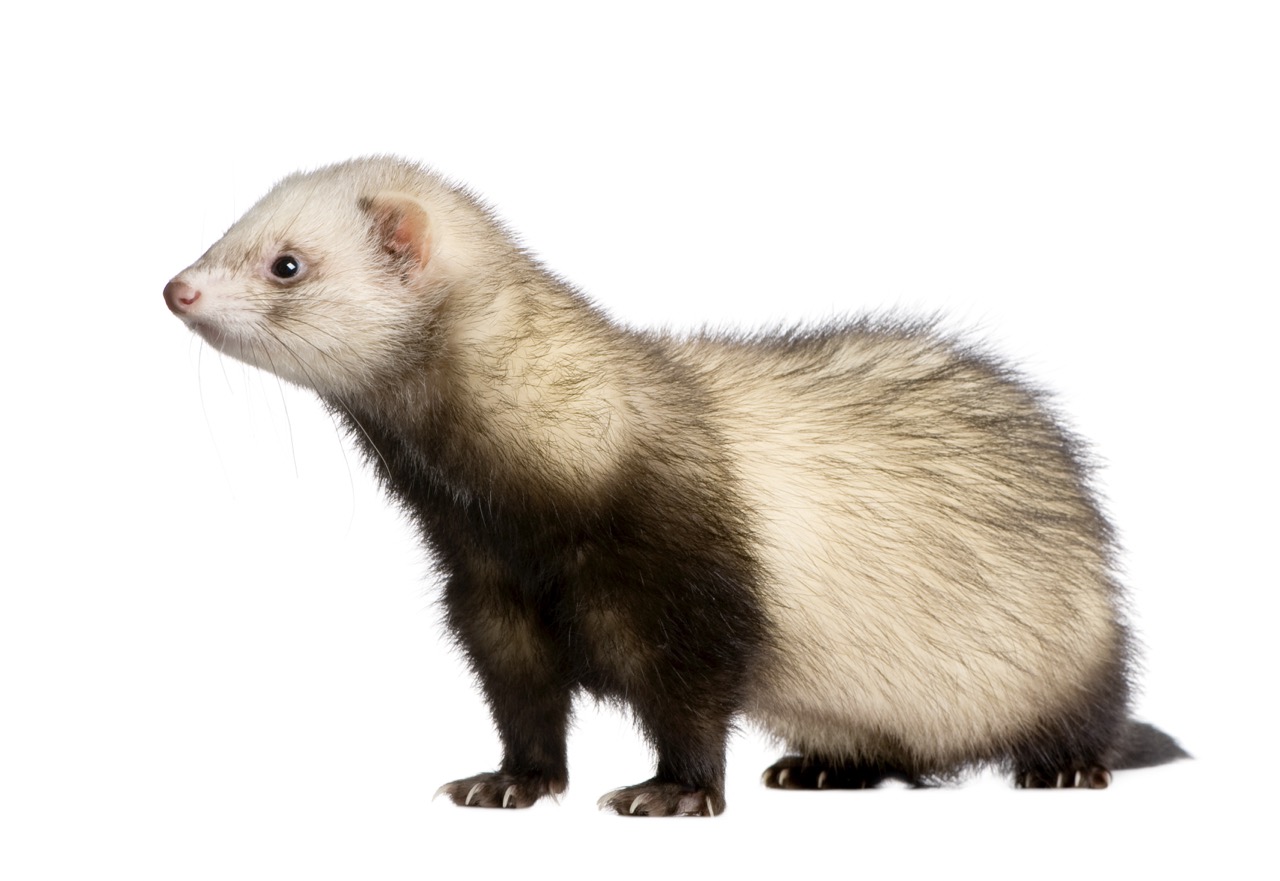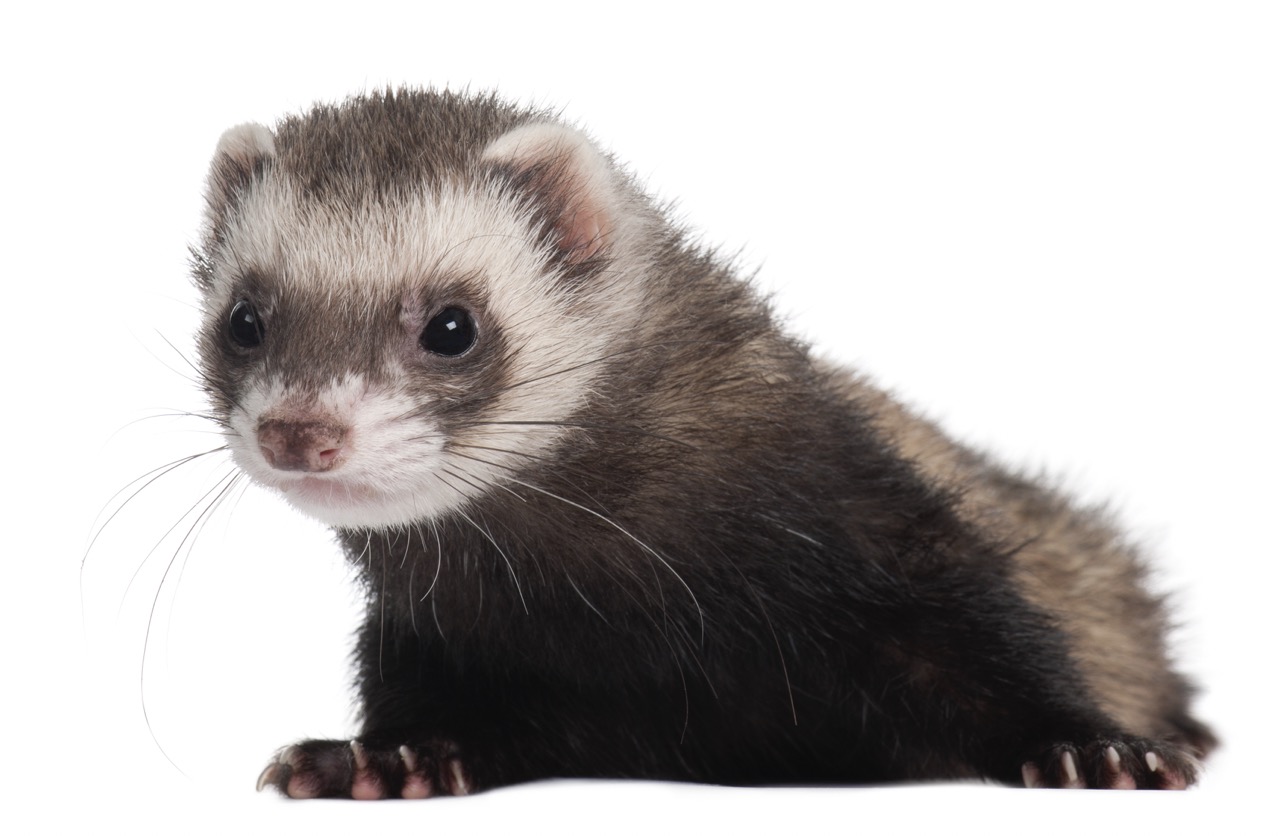Choosing the right cage for your ferret is a critical aspect of providing a safe and comfortable home for your pet. Ferrets are active and curious creatures that require ample space to explore, play, and rest. An appropriate cage not only meets their space needs but also facilitates their physical and mental well-being. This article will guide you through understanding the space requirements for a ferret cage, essential features to look for, a comparison of different cage materials and designs, and tips for maintaining a clean and safe habitat for your furry friend.
Understanding the Space Requirements for Your Ferret Cage
Ferrets are energetic animals that thrive in environments that allow for movement and play. When selecting a cage, it is essential to consider the minimum space requirements. The American Ferret Association recommends a cage that is at least 2 feet wide, 2 feet deep, and 3 feet tall for a single ferret. Larger setups are preferable, especially if you have multiple ferrets, as they will benefit from shared space for social interaction and exploration.
In addition to the minimum dimensions, it is crucial to think about the vertical space in the cage. Ferrets are natural climbers and enjoy multi-level environments. Cages with multiple floors or shelves can provide them with opportunities to climb and explore, mimicking their natural behaviors. Look for cages with ramps or ladders that connect different levels, encouraging physical activity and mental stimulation.
Finally, consider the layout of your living space when choosing a cage. Ensure that you have enough room not only for the cage itself but also for your ferret to roam and play outside the cage safely. Regular out-of-cage time is vital for a ferret’s health, so make sure the cage is conveniently located, allowing for easy access and supervision.
Essential Features to Look for in Ferret Cages
When selecting a ferret cage, certain essential features can enhance your pet’s comfort and safety. First and foremost, ensure the cage has secure locks and latches. Ferrets are known escape artists, so choosing a cage with sturdy closures is vital to prevent any potential breakouts. Additionally, a design that minimizes the risk of injuries, such as rounded edges and no sharp protrusions, is necessary for a safe environment.
Another important feature is the ease of access for cleaning and maintenance. Look for cages with removable trays or bottoms that can be easily pulled out for quick cleaning. Some cages come with sliding doors, which can facilitate access without needing to lift your ferret out of the cage. A well-designed cage will allow for easy maintenance, ensuring a clean and hygienic living space for your pet.
Temperature control is also a critical aspect of a ferret’s habitat. Ensure the cage is designed with adequate ventilation and is situated in a location that keeps it away from extreme temperatures. Some cages may include features like adjustable ventilation panels, which can help manage airflow and temperature, contributing to a comfortable environment for your ferret.
Comparing Different Cage Materials and Designs
When it comes to materials, ferret cages can be constructed from metal, plastic, or a combination of both. Metal cages, such as those made from powder-coated steel, are durable and easy to clean, making them a popular choice among ferret owners. They resist chewing and scratching, which is ideal for ferrets that are prone to nibbling on their surroundings. However, metal cages can be heavy and may require careful positioning.
Plastic cages, on the other hand, are lightweight and portable, making them easier to move around. However, they may not be as durable as metal cages and can be vulnerable to chewing, leading to potential escape routes for your ferret. When considering plastic options, ensure that the materials are high-quality and safe for pets to avoid any health risks.
The design of the cage can also significantly impact your ferret’s happiness. Cages with larger bar spacing allow for better ventilation and visibility but may pose a risk of escape if the spacing is too wide. Vertical designs can maximize space and provide more opportunities for climbing and exploration, while horizontal designs may offer more room for play. Ultimately, the best choice will depend on your ferret’s needs and your living situation.
Tips for Maintaining a Clean and Safe Ferret Habitat
Maintaining a clean and safe environment for your ferret is essential for their health and well-being. Start by establishing a regular cleaning routine. Daily spot cleaning should include removing any soiled bedding, uneaten food, and waste. Weekly deep cleaning is also necessary, which involves removing all bedding, thoroughly washing the cage with pet-safe cleaners, and disinfecting surfaces to eliminate harmful bacteria.
Another area to focus on is the bedding and accessories used in the cage. Choose bedding materials that are non-toxic and absorbent, such as paper-based or fleece options. Avoid cedar and pine shavings, as they can be harmful to ferrets. Regularly wash bedding and toys to keep them fresh and free from odors. Replacing bedding every week will also help control any potential infestations.
Lastly, ensure that your ferret’s habitat is free from hazards. Regularly inspect the cage for any signs of wear or damage, such as loose wires or broken parts. Remove any items that could pose a choking hazard. In addition, be cautious when introducing new toys or accessories, ensuring they are safe and intended for ferrets. A clean, safe environment contributes significantly to your ferret’s overall happiness and health, allowing them to thrive in their home.
Choosing the right ferret cage is an important decision that affects your pet’s quality of life. By understanding their space requirements, essential features, and various materials and designs available, you can create a suitable home for your ferret. Additionally, maintaining a clean and safe habitat ensures their health and happiness. With the right cage, your ferret can enjoy a fulfilling and stimulating life, providing you with years of companionship and joy.










